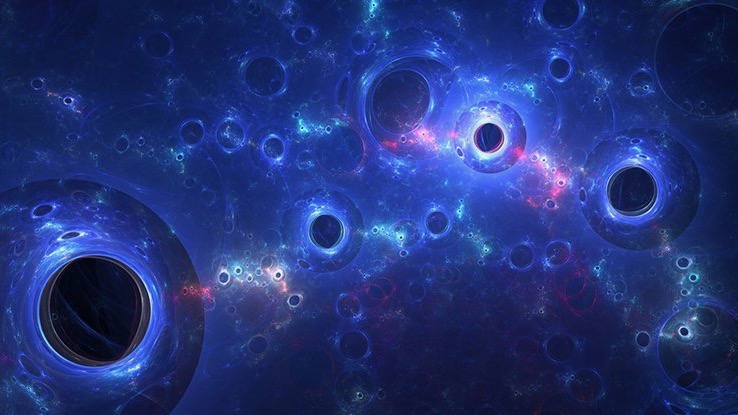Welcome to Learn to Astronomy! In this article, we will explore the intriguing question: why is space so dark? Join us as we delve into the cosmic mysteries that shroud our universe and uncover the reasons behind the seemingly never-ending void that surrounds us. Let’s embark on this enlightening astronomical journey together!
Exploring the Enigma: Unraveling the Mystery of Space’s Profound Darkness
Exploring the Enigma: Unraveling the Mystery of Space’s Profound Darkness
Space, with its vast expanse and seemingly infinite darkness, has always captivated the human mind. The cosmic abyss, peppered with countless stars and galaxies, raises questions that continue to baffle astronomers and scientists alike. Why is space so unbelievably dark? What causes this profound darkness that engulfs the universe?
One of the primary explanations for space’s darkness lies in the concept of cosmic extinction. As light travels through space, it encounters various obstacles such as interstellar dust and gas clouds. These particles have the ability to scatter and absorb light, effectively dimming its brightness. The more matter present in a given region of space, the greater the extinction, resulting in a darker environment.
Another significant factor contributing to space’s darkness is known as cosmic expansion. The universe is constantly expanding, causing galaxies and other celestial objects to recede from one another. This expansion stretches the wavelengths of light, shifting them towards the red end of the spectrum, ultimately leading to a phenomenon called redshift. As a result, the light emitted by distant objects becomes increasingly faint and shifts towards longer wavelengths, making them difficult to detect.
Additionally, dark matter plays an essential role in space’s profound darkness. Dark matter is an elusive form of matter that does not interact with light or other electromagnetic radiation. Its gravitational pull influences the distribution of visible matter, helping shape the universe’s large-scale structure. Although dark matter itself does not emit or reflect light, its presence indirectly affects the overall darkness of space.
Moreover, the expansion of the universe coupled with the finite speed of light adds to the enigma of space’s darkness. Since stars and galaxies are situated at vast distances from Earth, the light they emit takes an immense amount of time to reach us. As a result, we observe objects as they were in the past, and the most distant objects we can detect are billions of light-years away. This temporal gap adds an element of mystery to the darkness of space.
In conclusion, the profound darkness of space is a multifaceted enigma that arises from factors such as cosmic extinction, cosmic expansion, the presence of dark matter, and the finite speed of light. By studying these phenomena, astronomers continue to unravel the mysteries surrounding space’s deep darkness, expanding our understanding of the universe and our place within it.
10 Scary Yet Beautiful Facts About Space & Us
[arve url=”https://www.youtube.com/embed/Xyz0NpURbGY”/]
What Is Hidden In The Darkness At The Beginning Of Time?
[arve url=”https://www.youtube.com/embed/o6wgOd8ghRY”/]
Frequent questions
In conclusion, space is so dark in the context of Astronomy because of various factors. Firstly, the vastness of space means that there are large distances between celestial objects, resulting in a lack of light sources. Additionally, the absence of a significant atmosphere in space means that there is no scattering of light as observed on Earth, where particles in the atmosphere disperse sunlight in different directions, creating a brighter sky.
Furthermore, the expansion of the universe causes light from distant galaxies to be redshifted, meaning that it is stretched to longer wavelengths, often beyond the visible spectrum. As a result, these distant objects appear dim or even invisible to our eyes.
Another crucial factor is that interstellar dust and gas can absorb and block light, reducing its intensity or causing it to be completely blocked. This phenomenon is known as interstellar extinction.
Moreover, dark matter, which constitutes a significant portion of the universe’s mass, does not emit or interact with light. Despite its gravitational influence on visible matter, dark matter remains unseen and further contributes to the darkness of space.
Understanding why space is so dark is essential for astronomers as it allows them to study the universe through various methods, such as observing the faint signals from distant objects and capturing light outside the visible spectrum using specialized instruments.
In summary, the darkness of space in the context of Astronomy is a combination of factors, including the vast distances between celestial objects, the absence of atmospheric scattering, redshift of light from distant galaxies, interstellar dust and gas absorption, and the presence of dark matter. Exploring and comprehending these aspects not only deepens our understanding of the universe but also unveils the mysteries hidden within the vast darkness.

